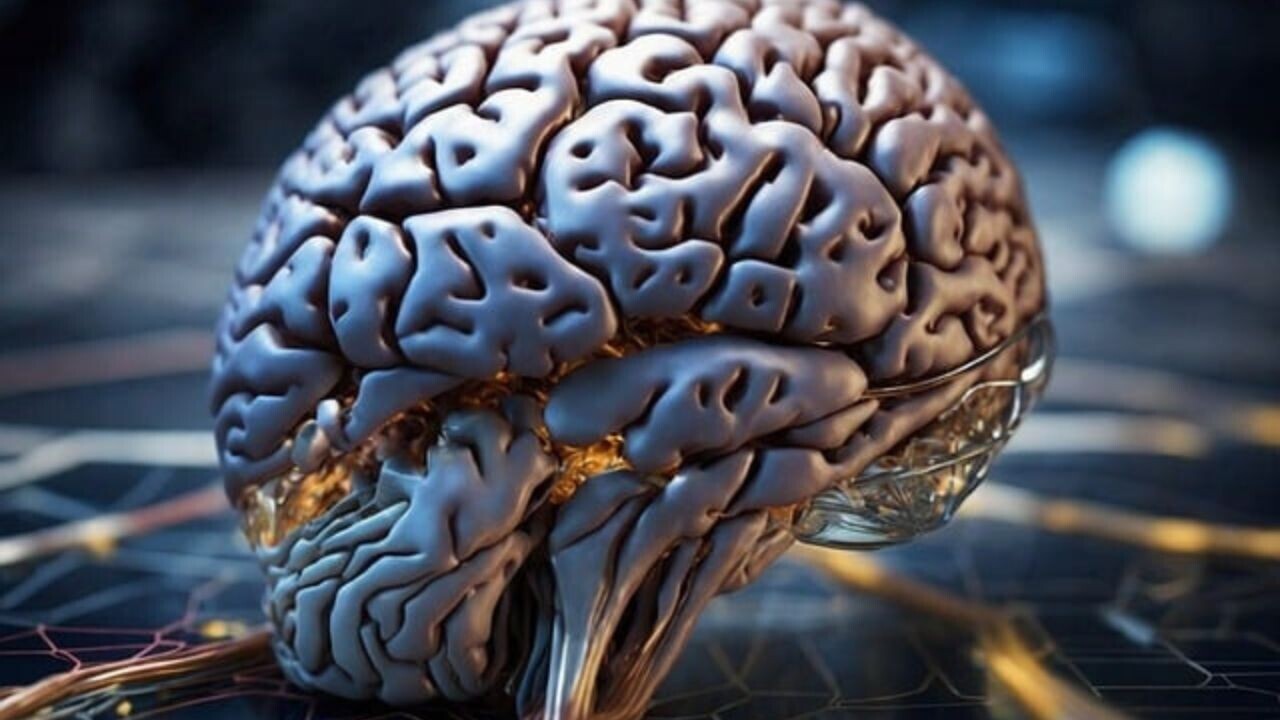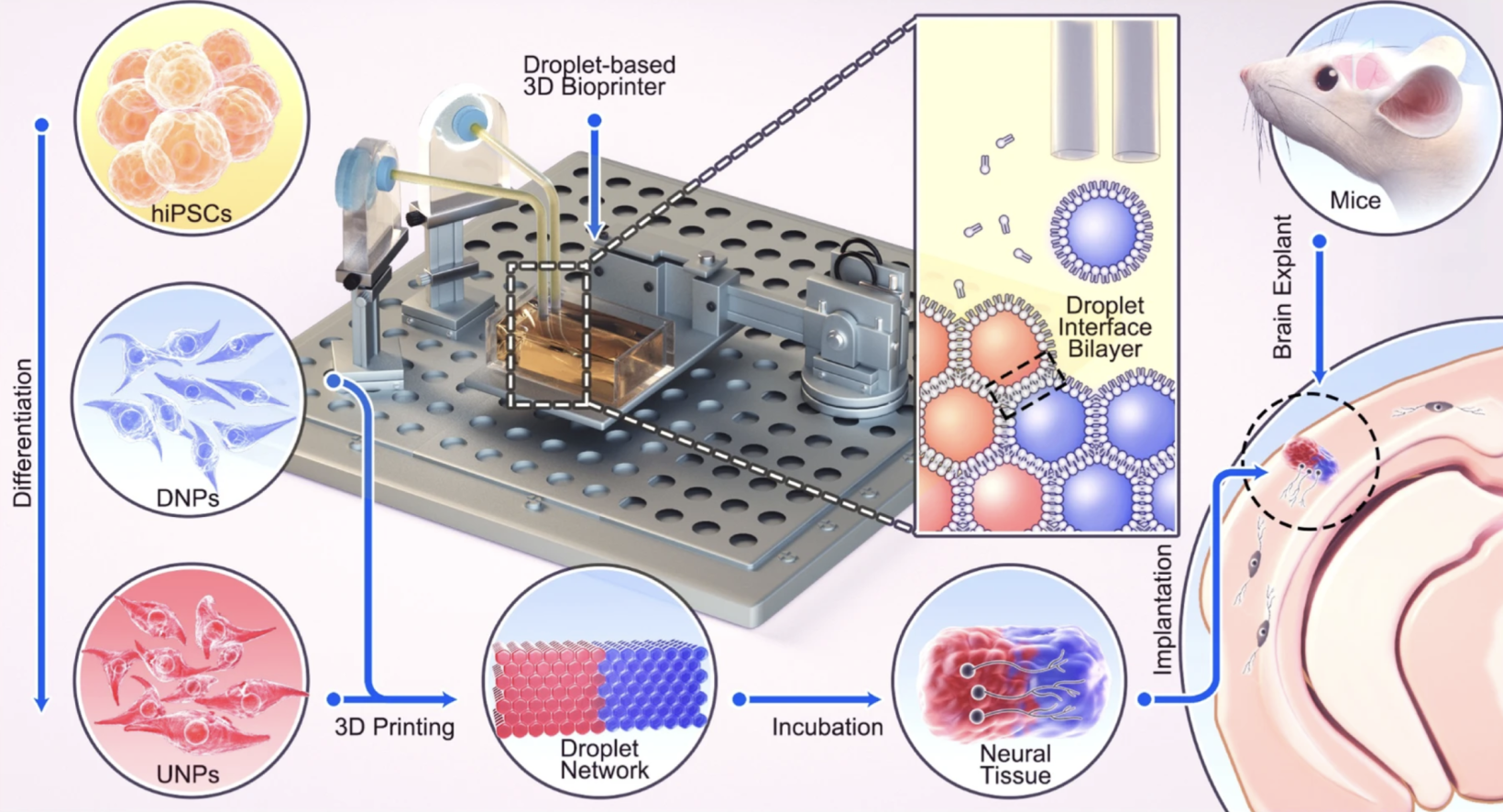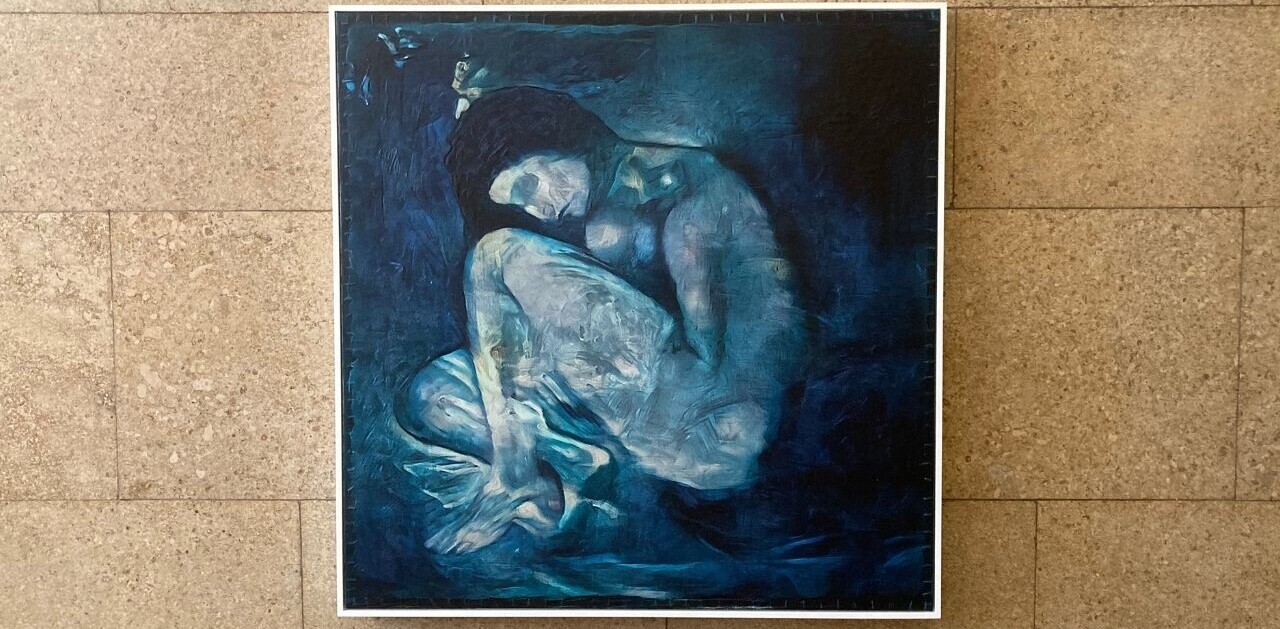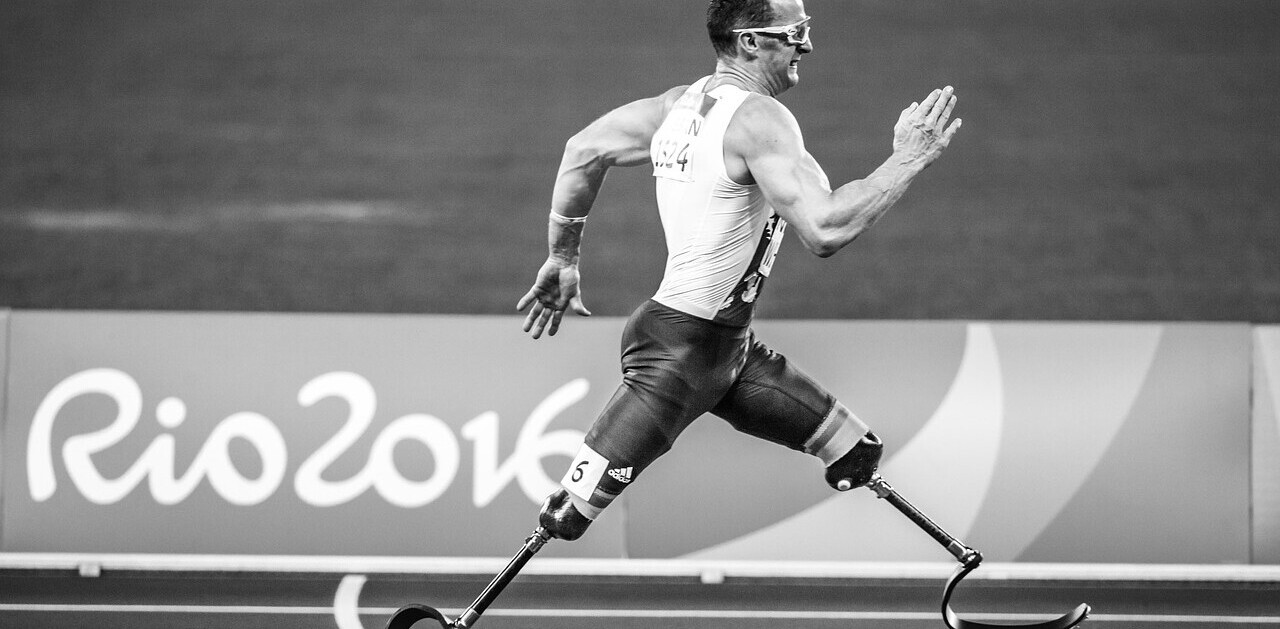
In a scientific first, researchers at theUniversity of Oxford have 3D printed stem cells that can mimic the architecture of the cerebral cortex, the human brain’s outer layer. The technique could potentially be used to treat brain injuries.
Such injuries typically cause significant damage to the cerebral cortex, leading to movement, cognition, and communication challenges. Currently, there’s no effective treatment for severe cases, which negatively impacts the patients’ quality of life.
Hoping to change this, the research team fabricated a two-layered brain tissue by 3D printing human neural stem cells.
To achieve this, the researchers used human induced pluripotent stem cells (hiPSCs), which can be easily derived from cells harvested from the patients themselves, reducing the risk of an immune response.
Initially, the hiPSCs were differentiated into neural progenitor cells for two separate layers of the cerebral cortex. They were then suspended in a solution to produce two “bioinks,” which were printed to create a two-layered structure of brain tissue.
Notably, when implanted into mouse brains, the printed cells showed both structural and functional integration with the host tissue.

“Our droplet printing technique provides a means to engineer living 3D tissues with desired architectures, which brings us closer to the creation of personalised implantation treatments for brain injury,” said Dr Linna Zhou, senior author of the study.
The researchers now aim to further evolve their technique and create complex multi-layered cerebral cortex tissues that can mimic the human brain’s architecture in a more realistic way. Beyond brain injuries, these 3D-printed cells could benefit drug evaluation and our knowledge on brain development and cognition.
The full study is published in the journal Nature Communications.
Get the TNW newsletter
Get the most important tech news in your inbox each week.





